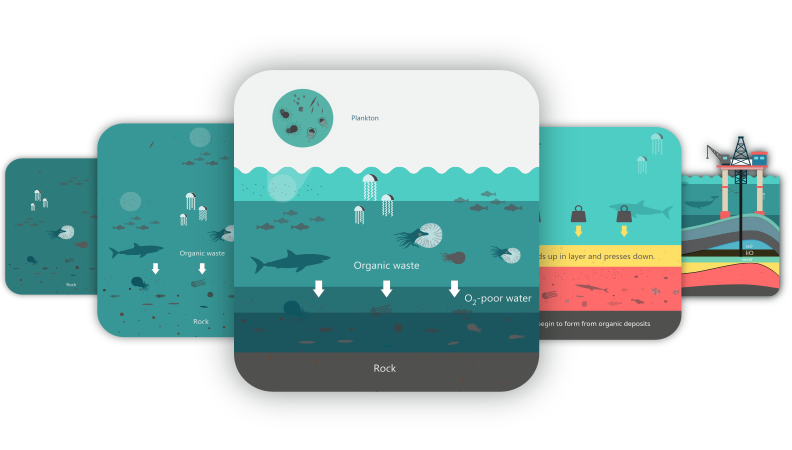The Global Ecobrick Alliance maintains and publish coefficients for plastic consumption, production and CO2 equivalency for enterprises who are tracking and disclosing their plastic impacts.
In 2021 the GEA began a compendium of plastic generation coeffecients based on the extensive experience of our 400 trainers working with plastic around the world.
As of June 2022, this page and our listing here are still in development with the aim of formalizing our coefficients for the end of the year.
Additive Plastic Coefficients
Impacts that add plastic to the biosphere.
Plastic Production
Plastic generated outside of or sent outside of your facilities.
Take-out Coffee
The average plastic generated by one coffee to-go (including cup, lid, sugar packet lining, stirrer, etc.)
0.01 Kg plastic
Take-out Meal
The average plastic generated by a meal at a restaurant taken to go (including plastic used in the kitchen, for presentation, take out, drinks, etc.)
0.125 Kg per meal
Domestic Air Travel
The average amount of plastic generated by a single domestic air travel flight (ticket, stickers, food and drink service, snacks, meal, etc.).
0.550 kg per ticket
International Air Travel
The average amount of plastic generated by a single international air travel flight (ticket, stickers, food and drink service, snacks, meal, etc.)
0.750 kg per ticket
Plastic Consumption
Plastic generated within your facilities.
Propane Gas
Plastic involved in the consumption of one LPG tank (any size)
0.001 Kg of plastic per cannister
Laptop
The purchase and use of a laptop entails plastic generation (packaging, cables, casing, screen, keyboard, etc)
0.5 Kg over lifetime of use
Smart Phone
The purchase and use of a smart phone entails plastic generation (packaging, cables, casing, screen, keyboard, etc)
0.4 Kg over lifetime of use
Subtractive Plastic Coefficients
Impacts that remove plastic from the biosphere
Recycling
The global average for full recovery and ongoing reuse of recyled plastic is 9%. Enterprise's should track the percentage of their plastic production and consumption that is recycled and then multiply accordingly.
0.09 Kg per 1 Kg of recycled plastic
AES Plastic
Plastic that has been ecobricked and authenticated as having met the criteria of plastic sequestration, can be claimed as authenticated Ecobrick Sequestered Plastic.
1kg of AES plastic = 1 Kg of plastic removed from the biosphere
1 Brikcoin
A brikcoin on the GoBrik blockchain corresponds to a certain amount of plastic sequestered. This changes each year.
1 BRK = 0.098 Kg plastic
Plastic CO2 Equivalencies
Various flows of plastic have significant carbon emissions.
Recycling
Recycling plastic has various carbon emissions (transportation, reprocessing, etc.)
1kg recycled plastic = 0.689 Kg of CO2
Reference: Plastic & Climate: The Hidden Costs of a Plastic Planet, Center for International Environmental Law p.59 (offsets not counted)
Incineration
When plastic is burned it's carbon molecules join with oxygen molecules to generate carbon dioxide.
1 kg plastic = 2.97 Kg CO2
Reference: Plastic & Climate: The Hidden Costs of a Plastic Planet, Center for International Environmental Law p.59 (offsets not counted)
Landfilling
Plastic that is not recycled, incinerated or sequestered ends up in the earth, air and land.
1 Kg plastic = 0.065kg
Reference: Plastic & Climate: The Hidden Costs of a Plastic Planet, Center for International Environmental Law p.59 (offsets not counted)
One-time CO2 impact of plastic
The GEA has calculated the one time impact of consuming 1 kg of consumed plastic.
1 Kg plastic = 6.06kg CO2
The GEA has calculated the net impact of 1 kg of consumed plastic over time.
1 Kg plastic = Data pending
Plastic Sequestration
Plastic that is kept out of industrial processing (i.e recycling, incineration and landfilling) has a substractive CO2e impact of:
1 AES Plastic = 6.05 CO2e

Do your own Regen Reporting
To do our own GEA ecological accounting we use an enterprise catalyst account on the GoBrik platform. It allows us to track our plastic consumption and ecobricking each month. You can do so too!
Our Catalyst Program for keen green enterprises enables you to generate ecological impacts for your company or project. New tools for carbon and biodiversity accounting are being added for 2022.
🚀 Catalyst Program
Learn more about our free program & platform.

Akuntansi Ekologi Tahunan
Setiap tahun kami melacak, memperhitungkan, dan mengungkapkan dampak ekologis kami dalam Laporan Regenerasi tahunan.
Laporan Akses
Akuntansi Ekologis
Memperhitungkan dampak ekologis abu-abu dan hijau merupakan komponen kunci dalam upaya regeneratif.
Lihat Milik Kami
Lihat cara kami menghitung

Perusahaan Untuk Bumi
GEA berkomitmen pada model bisnis 'for-Earth' nirlaba yang mendistribusikan kembali manfaat finansial menuju manfaat ekologis. Hal ini dilakukan dengan mengungkapkan dampak karbon, plastik, dan keanekaragaman hayati, serta memastikan bahwa dampaknya ramah lingkungan.

Plastik memiliki Jejak CO2e
Jika plastik dibiarkan terurai atau terbakar, karbonnya akan terurai dan membentuk CO2 di udara. Membakar 1 kg polietilen (PE) menghasilkan sekitar 3,14 kg CO2.
🔢 Perhitungan





